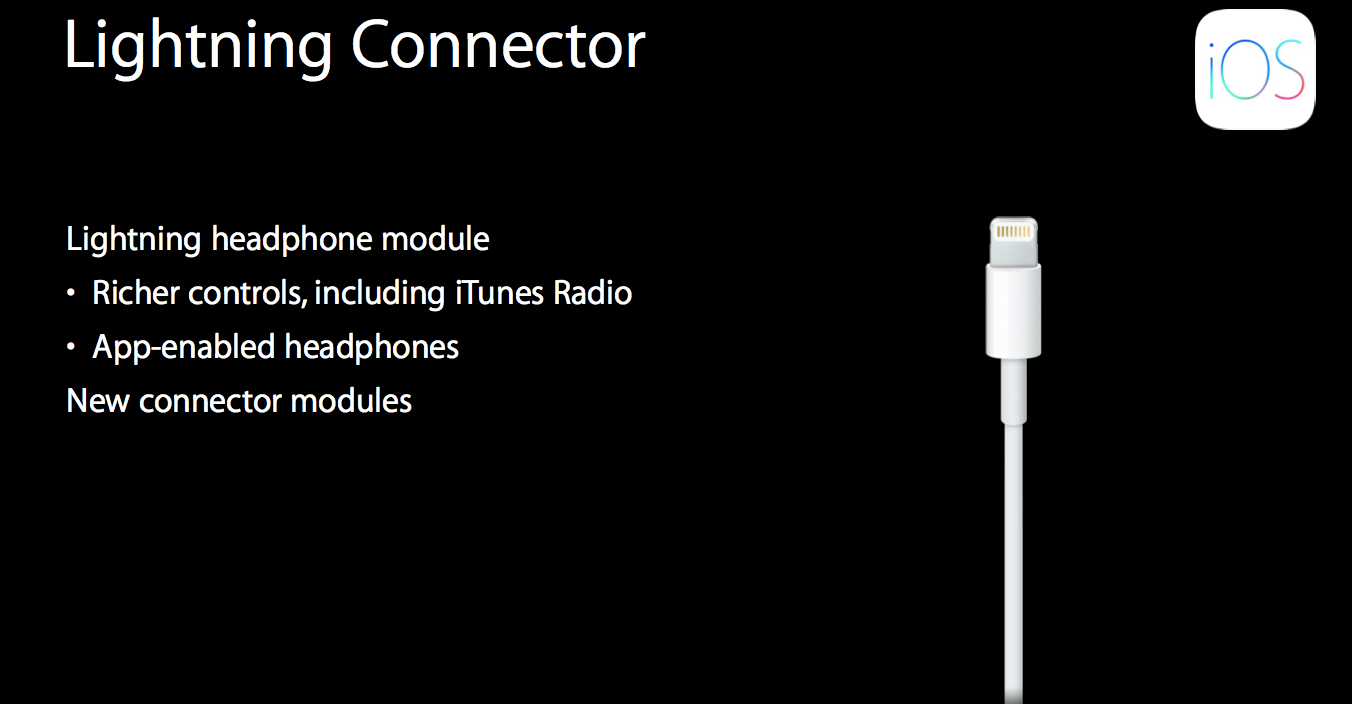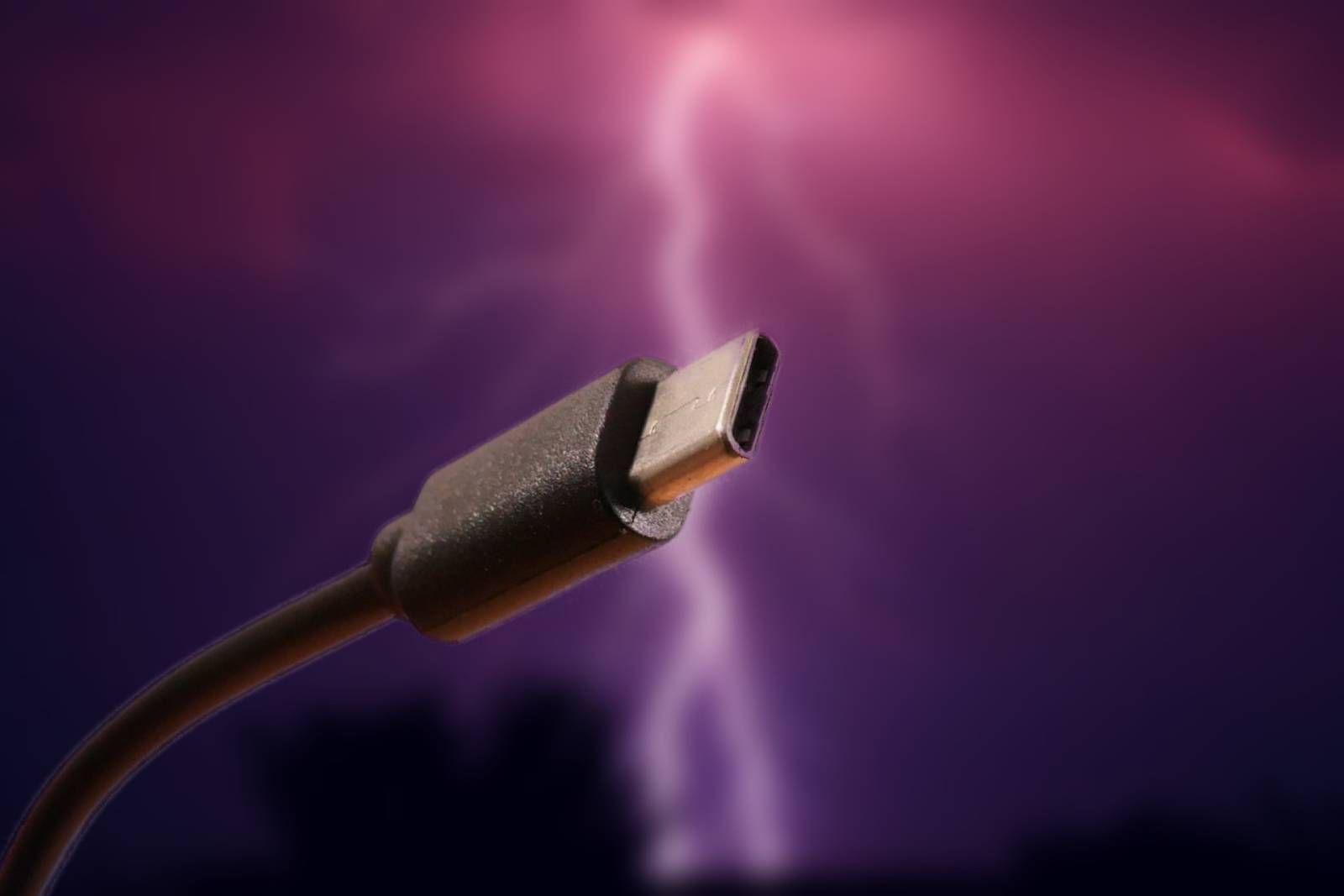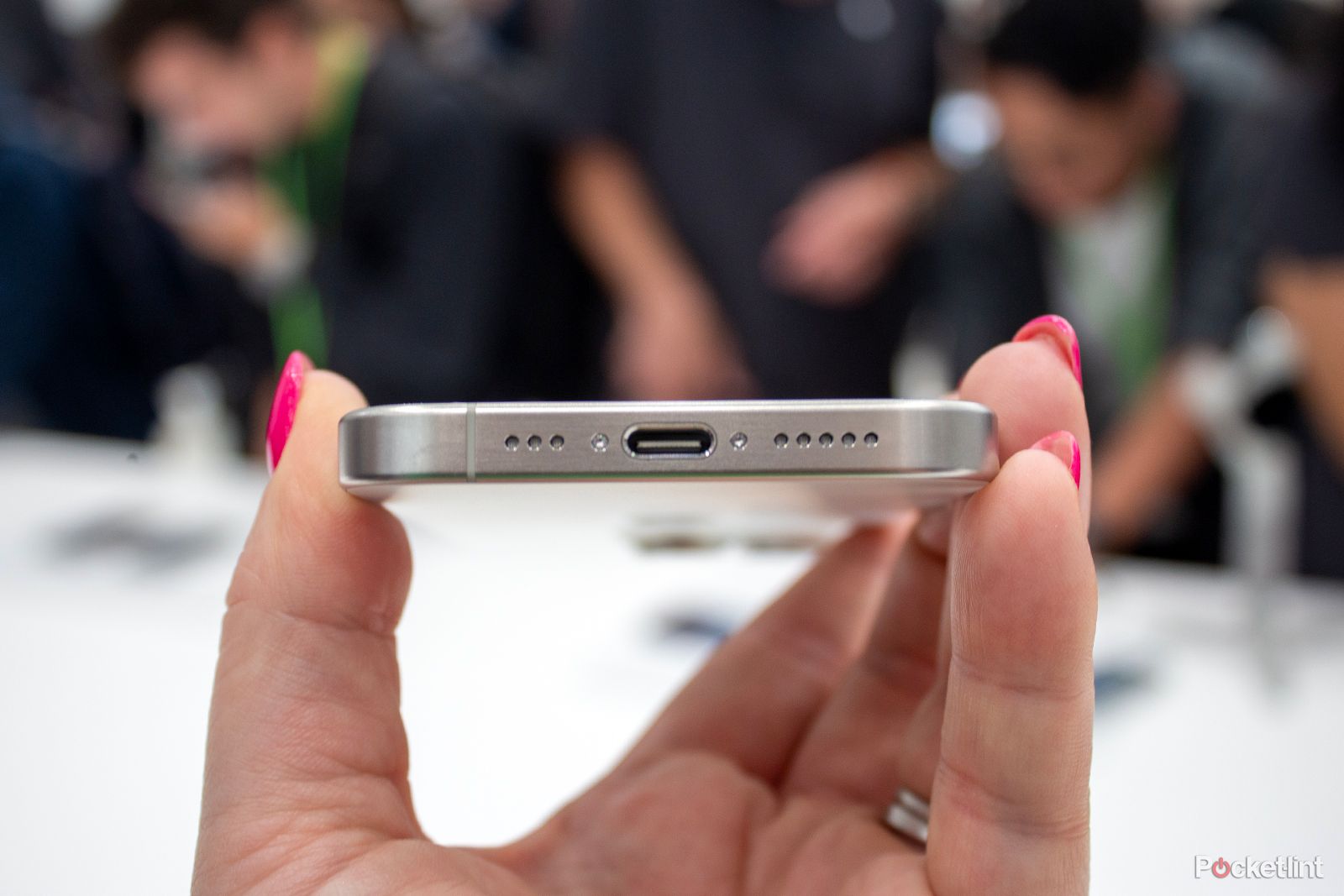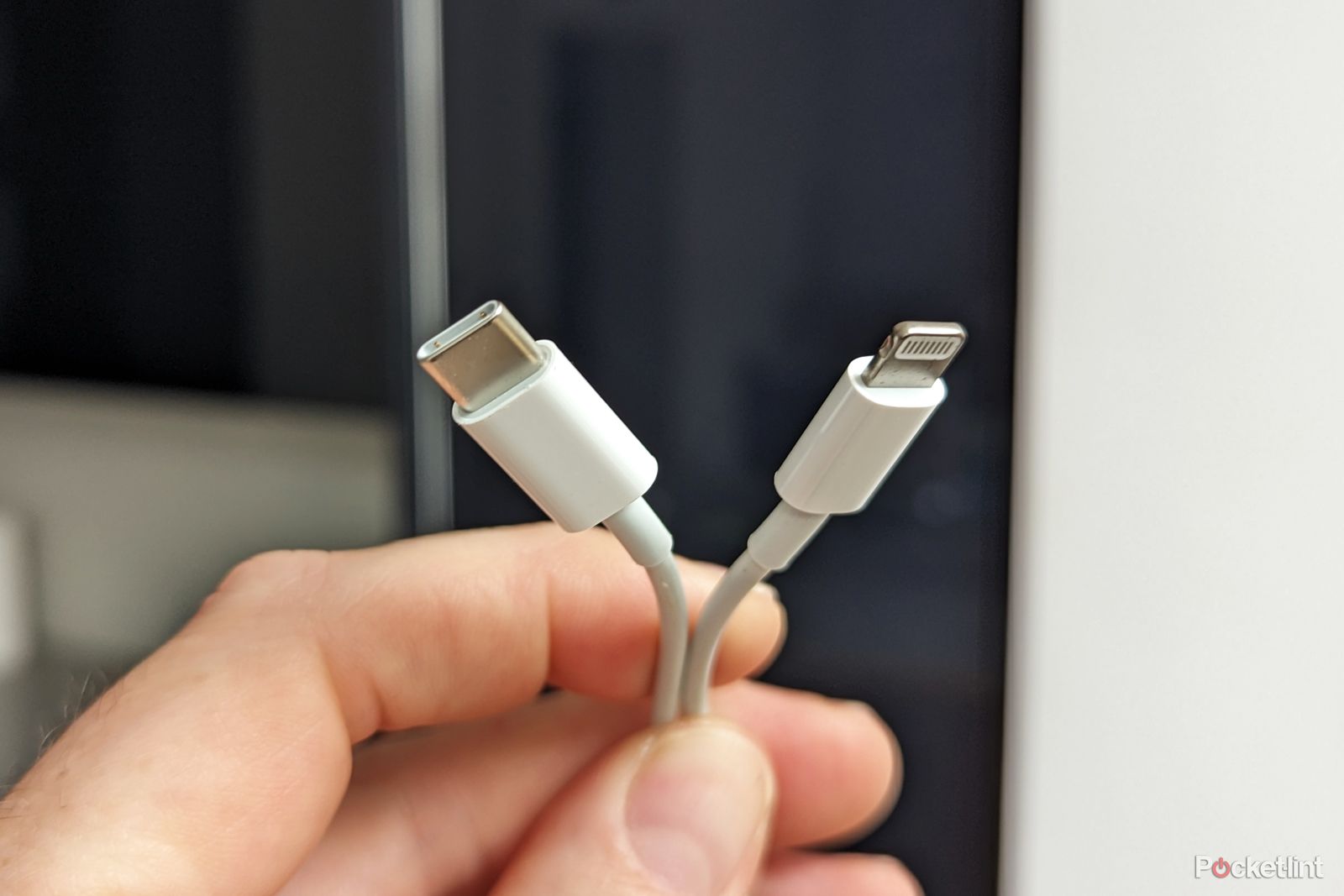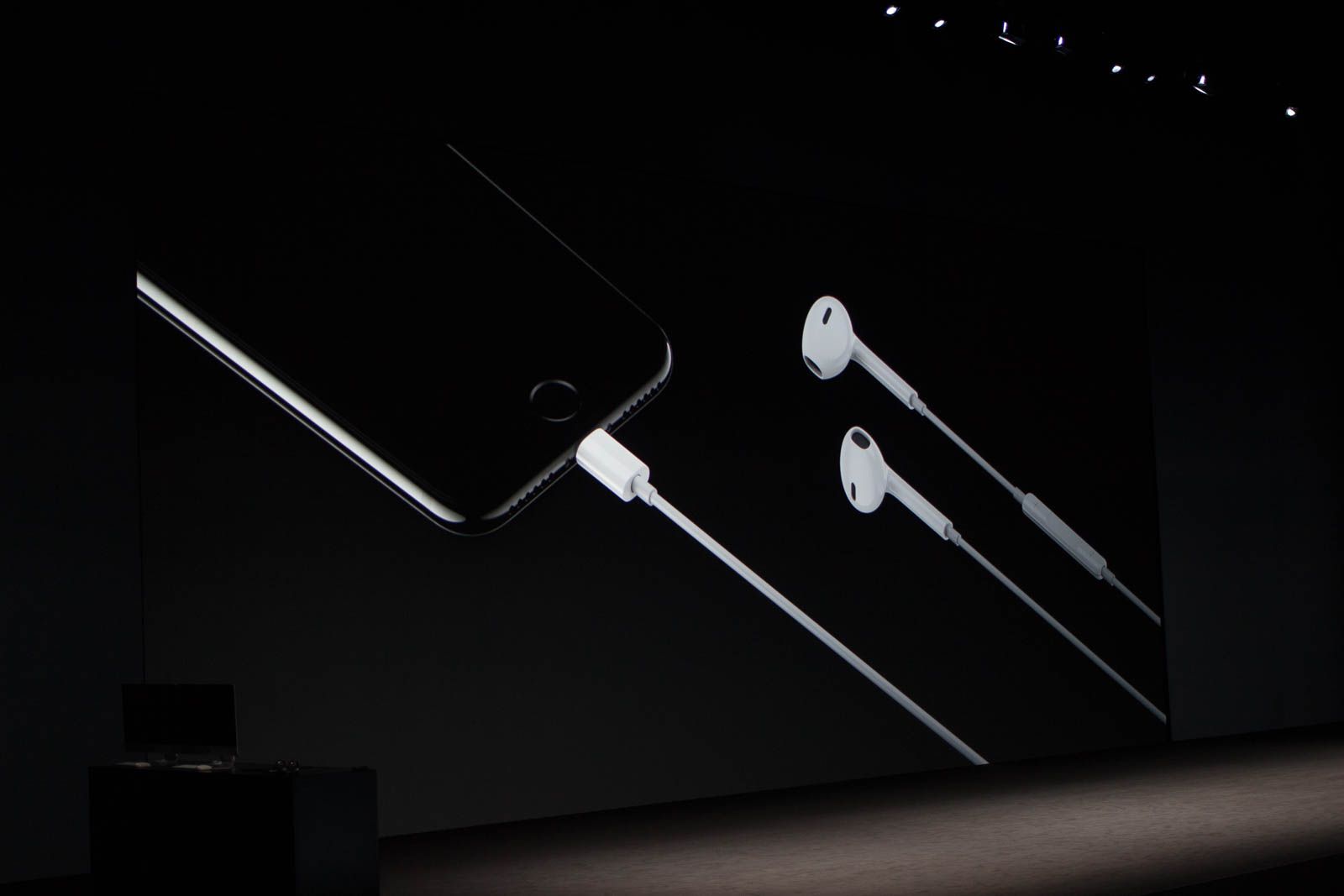Key Takeaways
- Lightning connector replaced with industry-standard USB-C port in iPhone 15 series, aligning Apple with global charging standards.
- USB-C allows faster transfer speeds on iPhone 15 Pro models, enabling quicker data transfers and improved performance.
- Need for new USB-C cables and adapters for older Apple power adapters and accessories, but promotes convenience and universal charging.
With the release of the iPhone 15, iPhone 15 Plus, iPhone 15 Pro, and iPhone 15 Pro Max, Apple finally caught up with the rest of the world and replaced the Lightning connector with an industry-standard USB-C port. Prior to the iPhone 15, Apple used its proprietary Lightning connector to charge and transfer data to/from every iPhone model since the iPhone 5.
By switching to a USB-C port, the iPhone 15 lineup not only catches up to the tech Android users have enjoyed for years, but nearly every other device Apple has released in the last year or so uses USB-C. That means you can leave your Lightning cable behind, carrying one less cable with you when you travel.
5:57
Have an iPhone 15? Here are 15 must-try features
From taking advantage of the Action Button to some fancy Photoshop-like tools, you want to know how to use these iPhone 15 tips and tricks.
But what exactly does the switch to USB-C mean and how will it impact you? Here’s everything you need to know about Apple’s iPhone 15 lineup and USB-C.
Apple
What is a Lightning connector?
A Lightning connector is the tiny connector at the end of your Lightning cable that you plug into most models of iPhone in order to charge it. It’s a proprietary connector; you’ll only find it on Apple products, or third-party products intended to be used with Apple devices.
The Lightning port can also be used for other things, such as plugging into your EarPods, or transferring data from your iPhone to your Mac.
Intel
What is USB-C?
USB-C is an industry-standard connector that’s similar to a Lightning connector, but it used by a wide variety of manufacturers across a huge range of products. Indeed, many Apple products already use USB-C connectors, such as newer MacBooks or iPads. In fact, USB ports have been part of Apple products for decades; the original iMac G3 was the first computer that had USB as the only connectors, although that was using the older USB-A standard.
Lightning and USB-C connectors look very similar, with the most obvious difference being that the USB connector has an opening at the end, whilst a Lightning connector is one solid piece.
Why did Apple finally move to USB-C?
If USB-C is the industry standard, why wasn’t Apple using it already? Well, one possible reason is that Apple is notorious for keeping tight control of its products. That’s why your iPhone is far less customizable than an Android phone, with many of the key features locked down. By using a proprietary connector, Apple ensures that many accessories for your iPhone have to get approval from Apple, and they may also take a cut of the profits from those accessories.
Regardless of the reasons, Apple has always been reluctant to move to USB-C. But that decision was taken out of Apple’s hands by an EU ruling that requires all small-to-medium sized devices such as phones, tablets, cameras, and handheld game consoles to be compatible with a USB-C charging port by 2024. The law is an attempt to minimize the waste that comes from requiring multiple types of charging cables for different devices. The intent is that your USB-C charging cable will work with any of your smaller electronic devices.
The ruling only applies to countries within the EU, but obviously that’s still a large market for Apple. Since it wouldn’t be able to sell iPhones in the EU without USB-C, Apple made the choice to change to the new charging port on all of its new phones.
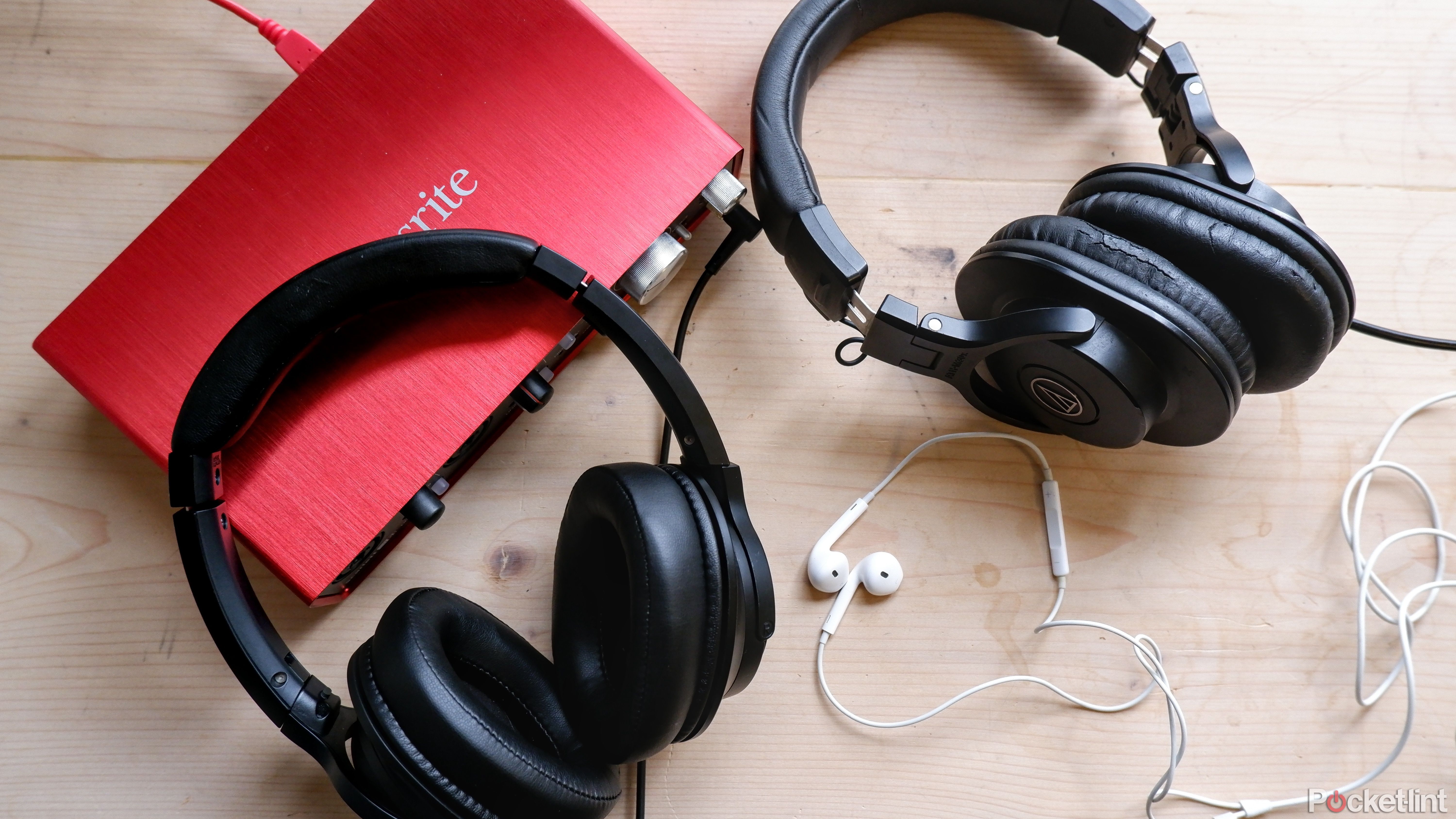
Best USB-C headphones for iPhone 15
Make full use of the iPhone 15’s USB-C port with stylish, budget-friendly, and audiophile approved wired headphones.
What can USB-C do that Lightning couldn’t?
Having a new charging port on the iPhone isn’t going to open up a world of new possibilities, but there are a couple of things that you’ll be able to do with USB-C that weren’t possible with Lightning.
Firstly, since the USB-C port on your iPhone is the same as the one on the power adapter of some Apple Watch chargers, you’ll now be able to plug your Apple Watch charger directly into your iPhone and use your iPhone’s battery to charge up your Apple Watch. Obviously, this will drain the battery on your iPhone, but it could be pretty useful in a pinch. The same will also be possible with the updated AirPods Pro case that has a USB-C port.
You won’t see any difference in transfer speeds on the iPhone 15 or iPhone 15 Plus models, which only support USB 2.0, giving speeds of up to 480Mbps. This is the same transfer speed that was possible with a Lightning cable. However, the iPhone 15 Pro and iPhone 15 Pro Max both support USB 3.0, which can offer transfer speeds up to 10Gbps. You’ll need a cable that supports USB 3.0 to take advantage of these speeds, however.
These significantly faster transfer speeds allow some useful features on the Pro models, such as the ability to transfer your ProRAW photos and ProRes videos in a fraction of the time, or to record ProRes video directly to an external storage drive. This isn’t something that’s going to make a huge difference to the average iPhone user, however.
Will I be able to charge faster with USB-C?
For most people, the key use of the Lightning port was to charge their iPhone, and that’s going to remain the case with the new USB-C port. Unfortunately, the move to USB-C isn’t going to allow you to charge your iPhone any faster than you could with a Lightning cable. But this doesn’t come down to the connector or the cable, this comes down to the phone, which isn’t supporting faster charging speeds.
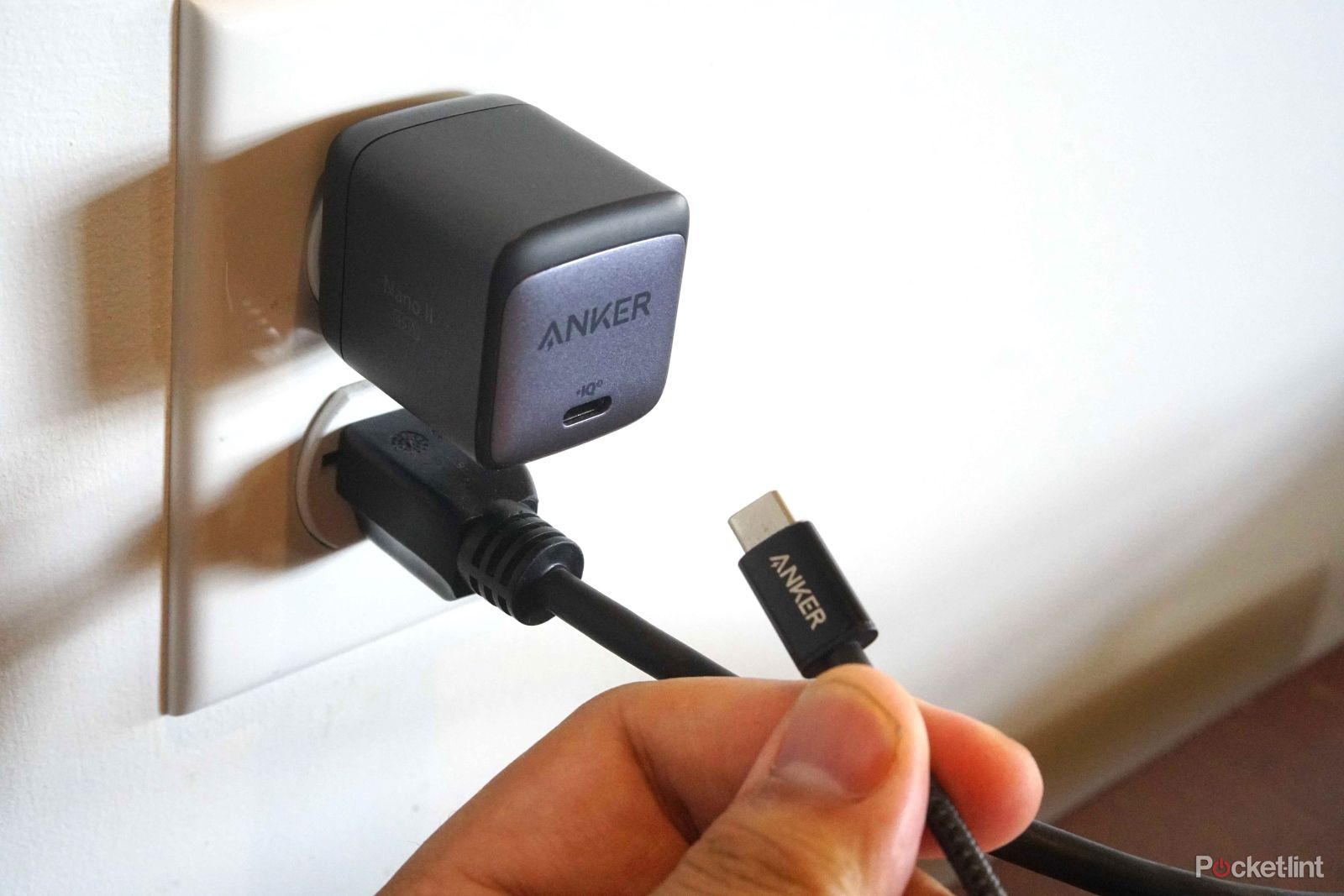
If you just upgraded to an iPhone 15 this is the accessory you’ll need
This 6ft USB-C to USB-C cable is still $20 off if you hurry.
Do I need to buy a new cable to use USB-C?
When you buy a new iPhone, you’ll receive a USB-C cable in the box, so you won’t need to purchase one. However, if you’re anything like us, you may currently have Lightning cables in multiple locations, so you can top up your iPhone when you’re watching TV or driving to work. The good news is that you probably already have some USB-C cables around your home from other devices, but if you don’t, you may want to invest in some more USB-C charging cables, or buy a USB-C to Lightning adapter which we’ll take a look at later on.
Do I need to buy a new power adapter to use USB-C?
This is where things get a little complicated. Traditionally, your Apple power adapters (those ones that you used to get free with your iPhone back in the good old days) supported the older USB-A standard, which uses a larger, more rectangular port. Your iPhone would have come with a USB-A to Lightning cable. With your new iPhone 15, you’ll get a USB-C to USB-C cable, which won’t fit in these older power adapters.
However, if you own a more recent iPhone, it will have come with a USB-C to Lightning cable, which meant you will have needed to invest in a new USB-C power adapter in order to use it. The same applies if you own a more recent Apple Watch; the included Apple Watch charging cable is also USB-C.
To cut a long and boring story short, if you’re rocking slightly older Apple kit, you’re probably going to need to shell out for a USB-C power adapter, but if you’re using newer Apple products, you probably own one already. You may also have USB-C power adapters for other devices that you can use to charge your iPhone 15.
Apple
Will my Lightning accessories still work?
If you own Lightning accessories for your iPhone, then you’re not going to be able to plug them directly into your iPhone 15. If you still used EarPods, for example, then these won’t fit the USB-C port.
You don’t need to bin all of your iPhone accessories just yet, however, because of course there’s a dongle for that. A USB-C to Lightning adapter will allow you to connect your old Lightning accessories to your iPhone, including old charging cables. The adapter will let you charge your iPhone, use your EarPods, and transfer data using your existing Lightning accessories. It’s still one more thing to lose, however.
What other Apple products use USB-C?
As already mentioned, Apple products have been using USB-C for a while now. The iPad first saw the introduction of a USB-C port in 2018 with the release of the iPad Pro, and now all models of iPad feature the USB-C connector. Macs have also had USB-C ports for years, and although the MagSafe charging port has returned to MacBooks, you can still charge your MacBook using the USB-C port. And Apple announced as part of the Apple 15 launch that now AirPods Pro (second generation) will support USB-C too, replacing the Lightning port in the charging case. Even Apple’s state-of-the-art Vision Pro mixed reality headset uses USB-C. It’s finally one big happy family.
Is the move to USB-C a good thing?
It says a lot about the state of innovation in smartphone design that the move to USB-C is probably the thing that’s created the biggest buzz after Apple’s launch event. You’re likely to hear a lot of arguments on both sides about whether it’s a good thing or not, with a ruling that’s intended to reduce electronic waste causing consumers to throw out a whole pile of obsolete cables.
But the bottom line is that having a charging standard for electronic devices has to be a good thing for consumers. Needing 12 different proprietary charging cables for all your different devices is incredibly frustrating, unnecessarily costly, and not great for the planet. Being able to plug your iPhone 15 into any charging cable you see is going to make life a lot easier, especially when you need to grab a quick charge at the home of that friend who is Android-til-they-die. The ability to charge your iPhone, iPad, Mac, and AirPods all with the same cable is also a significant improvement.
And for Apple, maybe they can redeploy those engineers whose time was taken up with keeping Lightning a thing and get them to come up with something truly innovative, so that the big talking point after the next iPhone launch is the phone itself rather than it’s charging port. It may have taken the might of a supranational political and economic union to finally convince Apple to switch to USB-C, but in the end, maybe we’re all winners.
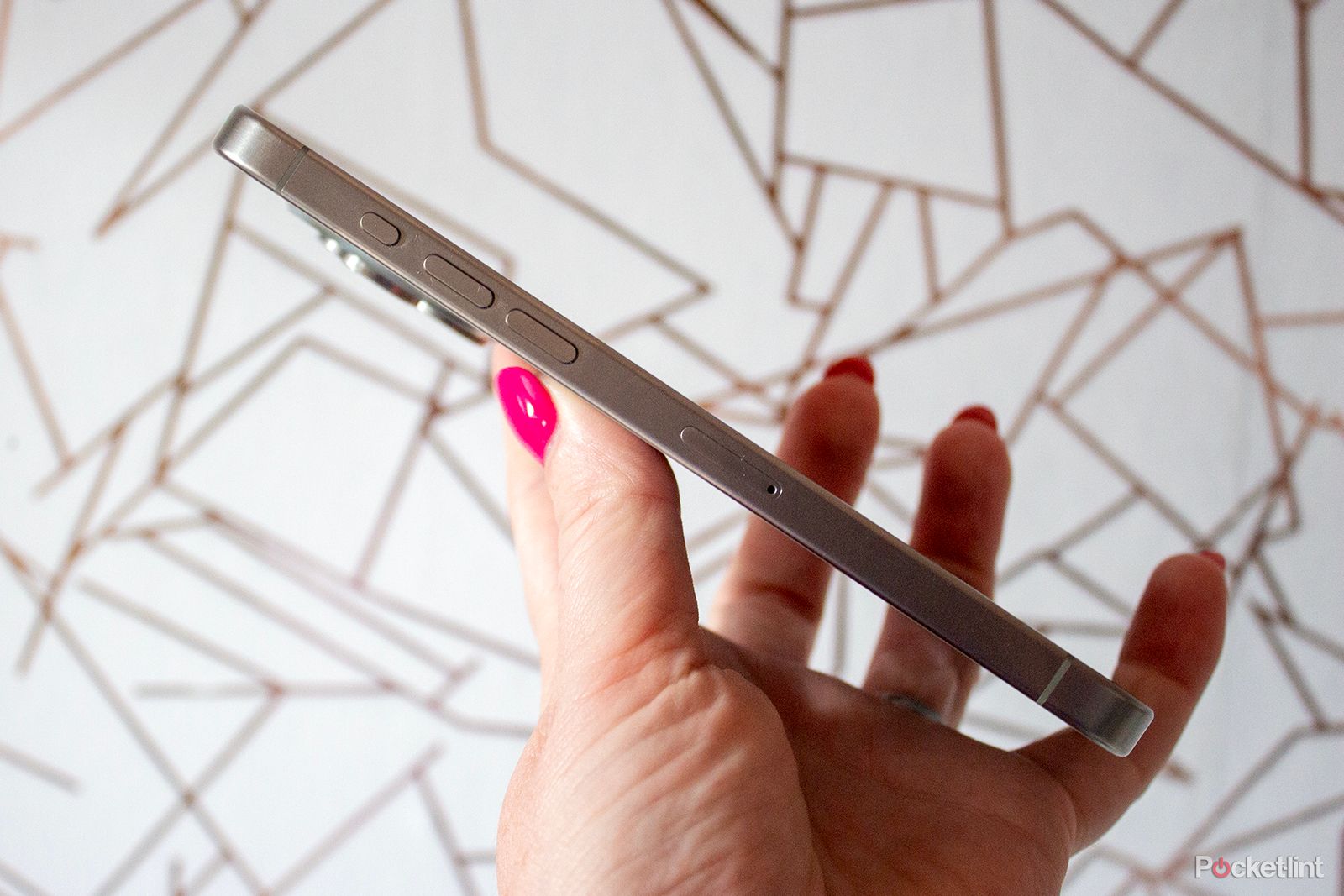
Bug or feature? Why your iPhone 15 Pro changes colors when it’s hot out
Apple’s latest high-end iPhones may be chameleons in disguise, especially if it’s hot and humid out. We explain.
Trending Products

Cooler Master MasterBox Q300L Micro-ATX Tower with Magnetic Design Dust Filter, Transparent Acrylic Side Panel…

ASUS TUF Gaming GT301 ZAKU II Edition ATX mid-Tower Compact case with Tempered Glass Side Panel, Honeycomb Front Panel…

ASUS TUF Gaming GT501 Mid-Tower Computer Case for up to EATX Motherboards with USB 3.0 Front Panel Cases GT501/GRY/WITH…

be quiet! Pure Base 500DX Black, Mid Tower ATX case, ARGB, 3 pre-installed Pure Wings 2, BGW37, tempered glass window

ASUS ROG Strix Helios GX601 White Edition RGB Mid-Tower Computer Case for ATX/EATX Motherboards with tempered glass…


